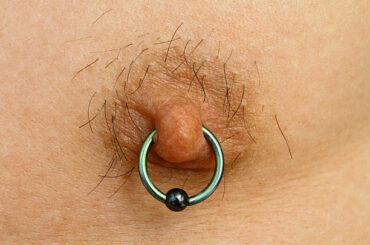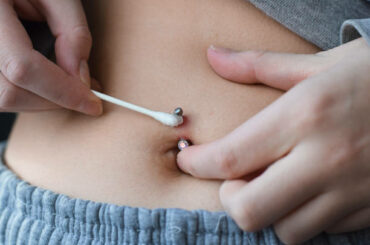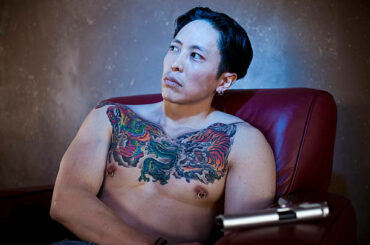Contents
Nipple piercing
Nipple piercings, a captivating form of body modification, have long been a canvas for self-expression, individuality, and empowerment. Beyond their aesthetic allure, they hold a unique place in the realm of personal adornment. One aspect of this journey that is often encountered, even after a nipple piercing has fully healed, is the phenomenon of crust formation around the piercing site.
In this article, we embark on an exploration of nipple piercings, delving into the intricacies that persist even after the initial healing phase. Specifically, we address the intriguing occurrence of crust formation, unraveling the mysteries behind its existence. Our aim is twofold: to elucidate why crust forms around healed nipple piercings and to offer guidance on how to manage it. Moreover, we underscore the enduring significance of ongoing care, as piercings remain a lifelong testament to self-expression and self-identity.
So, whether you’re a seasoned piercing enthusiast or contemplating your first foray into body modification, join us on this journey to demystify the intriguing world of “Healed Nipple Piercing Crust.”
Understanding Crust Formation
Crust formation around a healed nipple piercing, although it may seem perplexing, is a natural occurrence rooted in the body’s intricate healing and maintenance processes. To shed light on this phenomenon, let’s delve into the reasons why crust forms and what it signifies:
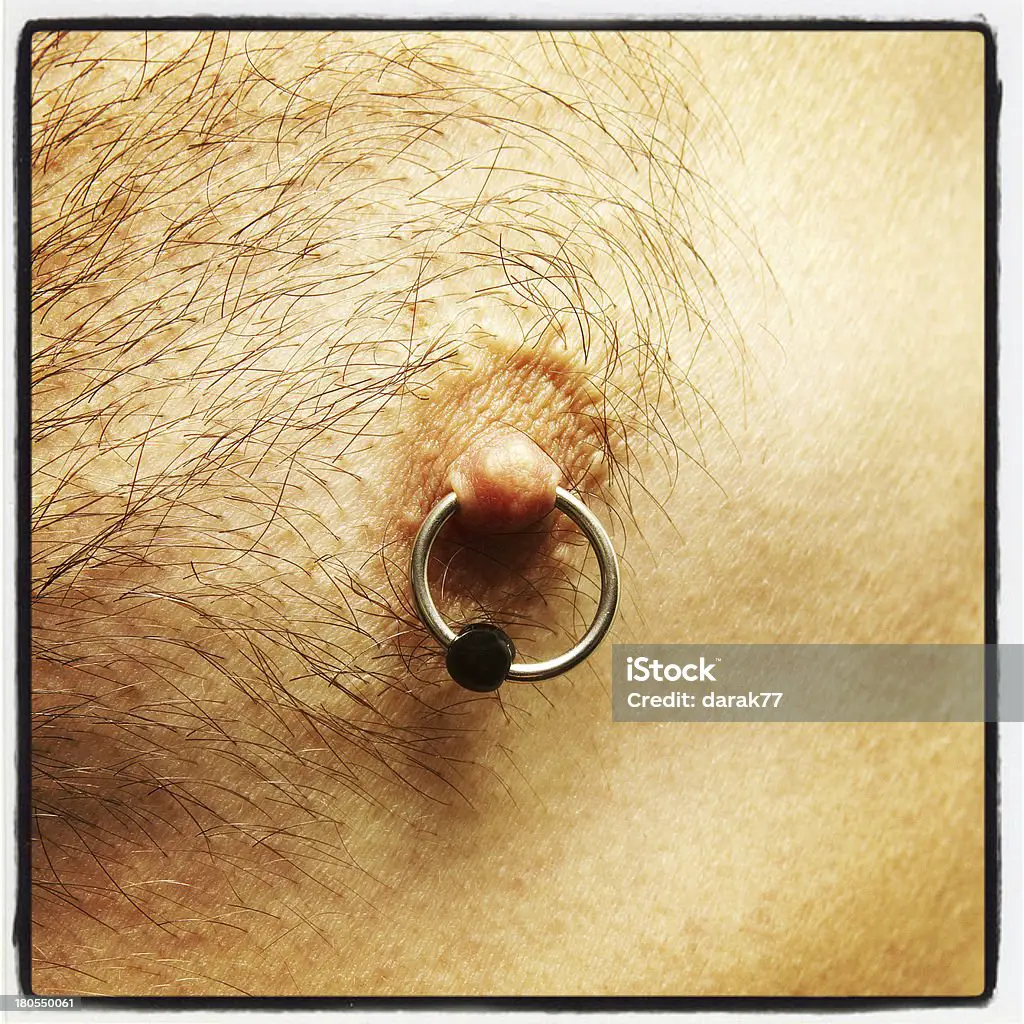
Factors Contributing to Crust Formation:
Lymph Fluid: One of the primary factors behind crust formation is the presence of lymph fluid. Lymph is a clear fluid rich in white blood cells, which plays a pivotal role in the body’s immune response. When a nipple piercing heals, the body continues to produce lymph as part of its ongoing maintenance process. This lymph can escape from the piercing site, dry, and form a crust. It’s a tangible indication of the body’s vigilant defense against potential infection.
Dead Skin Cells: Just like any other part of the body, the skin around the nipple naturally sheds dead skin cells. These cells can accumulate around the piercing and mix with the lymph, contributing to crust formation. The process is akin to the way skin cells naturally flake off, especially in areas of high friction.
Cleaning Residue: If you employ a saline solution or another cleaning agent to maintain your piercing’s hygiene, trace amounts of the solution can sometimes dry around the piercing and become part of the crust. This is not unusual and merely reflects the residue from your cleaning routine.
Natural Part of Healing and Maintenance:
Crust formation is, in fact, a testament to the body’s ongoing healing and maintenance of the piercing. It signifies that your body is actively working to protect and care for the piercing, even after it has healed. While it might seem unusual or concerning, it is an inherent part of the body’s response to piercing and does not necessarily indicate any problems or complications.
The Color of Crust and Its Significance:
The crust that forms around a healed nipple piercing typically has a clear or slightly yellowish coloration. This coloration is entirely normal and, in most cases, not a cause for major concern. It’s a result of the combination of lymph fluid, skin cells, and any residual cleaning solution. The key is to remember that this crust is not necessarily indicative of infection or a problem with the piercing itself.
In essence, crust formation is a tangible manifestation of your body’s ongoing vigilance in protecting and maintaining your healed nipple piercing. It is an indication of the body’s resilience and its commitment to the continued health of the piercing. In the subsequent sections, we will explore how to manage crust effectively and underscore the importance of ongoing care to ensure your piercing remains a source of pride and self-expression.
Managing Crust Around Healed Nipple Piercings
While crust formation around a healed nipple piercing is a natural part of the body’s healing and maintenance process, there are practical steps you can take to manage it effectively. Here are some key tips to help you maintain your piercing without unnecessary irritation:
1. Gentle Cleaning with Saline Solution:
Use a saline solution made of non-iodized sea salt and warm distilled water.
Soak a clean cotton swab or gauze pad in the saline solution and gently clean around the piercing site.
This process can help soften and loosen the crust without causing undue irritation.
2. Utilize Warm Compresses:
Applying a warm, moist compress to the area can work wonders in softening the crust and making it easier to remove.
Simply soak a clean cloth or gauze in warm water, wring it out, and place it on the piercing for a few minutes.
The warmth helps in breaking down the crust, making it more manageable.
3. Cautious Rotation of Jewelry:
If your nipple jewelry has threading or flat backs, you can gently rotate the jewelry during the cleaning process.
This rotation can help dislodge any trapped debris around the jewelry.
However, exercise caution to avoid excessive movement, which can irritate the piercing.
4. Avoid Overcleaning:
While it’s crucial to maintain proper hygiene, avoid the temptation to overclean your healed nipple piercing.
Cleaning more than twice a day is typically unnecessary and can lead to irritation.
The body needs time to maintain the piercing naturally, so avoid excessive interference.
5. Embrace a Hands-Off Approach:
It’s vital to keep your hands away from the piercing site, especially if they are not freshly washed.
Touching the piercing with dirty hands can introduce bacteria and potentially lead to infection.
Resist the urge to pick at or excessively manipulate the jewelry or crust.
By following these practical tips, you can effectively manage crust formation around your healed nipple piercing while minimizing the risk of irritation or complications. Remember that a gentle and balanced approach to piercing care is key to maintaining its well-being.
In the next section, we’ll delve into the importance of ongoing care for your healed nipple piercing. Despite the occasional presence of crust, your piercing remains a remarkable symbol of self-expression and individuality, deserving of your attention and care.
The Importance of Ongoing Care
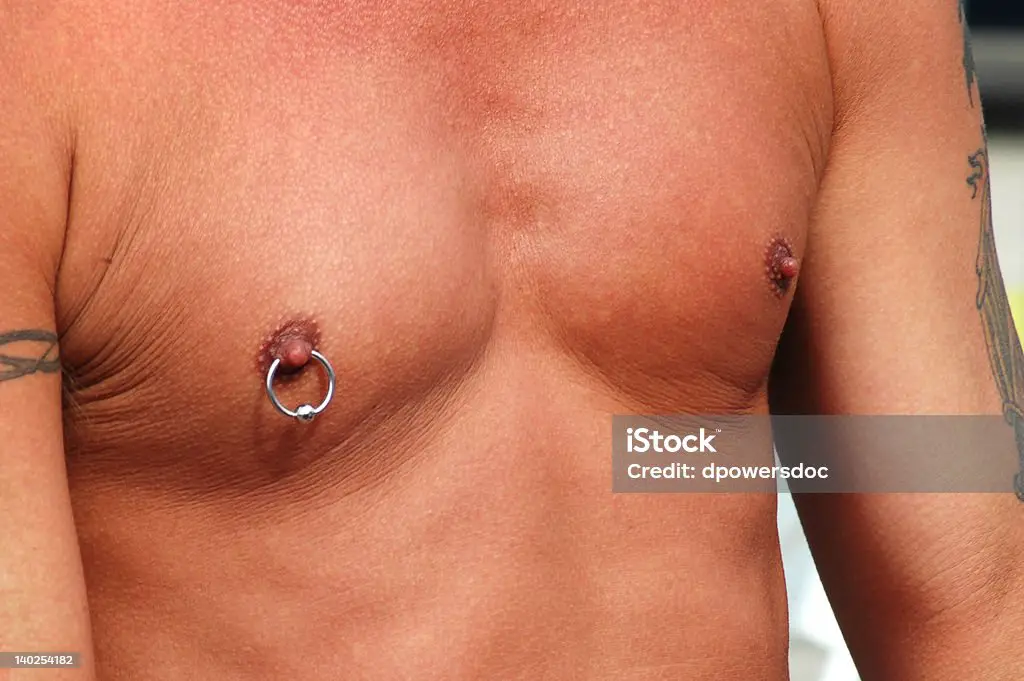
Even after your nipple piercing has fully healed, it remains a symbol of self-expression, individuality, and pride. Ongoing care is not only beneficial but crucial in ensuring that your piercing continues to be a source of joy and empowerment. Let’s explore the significance of ongoing care and the practices you should embrace:
1. Protection and Preservation:
Your nipple piercing is a work of art, an embodiment of your identity. Ongoing care safeguards this unique expression, ensuring its longevity and vibrancy.
By caring for your piercing, you protect it from potential irritants, infections, or complications that can arise from neglect.
2. Hygiene Practices:
Maintaining good hygiene practices is paramount. This includes regular cleaning with a saline solution (non-iodized sea salt mixed with warm distilled water) as well as ensuring that your hands are clean when you touch or clean the piercing.
Cleaning the area around your healed nipple piercing helps keep it free from debris, including any crust that may form.
3. Monitoring for Signs of Issues:
Part of ongoing care involves actively monitoring your piercing for any signs of infection or irritation. Look out for increased redness, swelling, unusual discharge, or persistent discomfort.
Timely identification of issues allows you to address them promptly and seek professional advice when necessary.
4. Embrace Individual Differences:
It’s important to recognize that everyone’s body is unique, and individual experiences with nipple piercings may vary.
Some individuals naturally produce more or less crust around their piercings.
5. Self-Expression and Empowerment:
Your healed nipple piercing is a testament to your journey, identity, and self-expression. It is a statement of who you are and your commitment to authenticity.
Ongoing care reinforces this sense of self-empowerment and allows you to continue celebrating your individuality.
6. Education and Consultation:
Stay informed about piercing care best practices and any new developments in the field.
If you have questions or concerns about your healed nipple piercing, don’t hesitate to consult with a professional piercer or healthcare provider. They can offer guidance and reassurance.
In summary, ongoing care for your healed nipple piercing is more than just a routine; it’s a declaration of your commitment to self-expression and self-identity. By maintaining good hygiene practices, monitoring for any potential issues, and recognizing the uniqueness of your own body, you can ensure that your piercing remains a source of pride and a reflection of your authentic self.
Remember that a healed nipple piercing is a beautiful and enduring symbol of who you are, deserving of the care and attention that come with this remarkable form of self-expression.
Conclusion
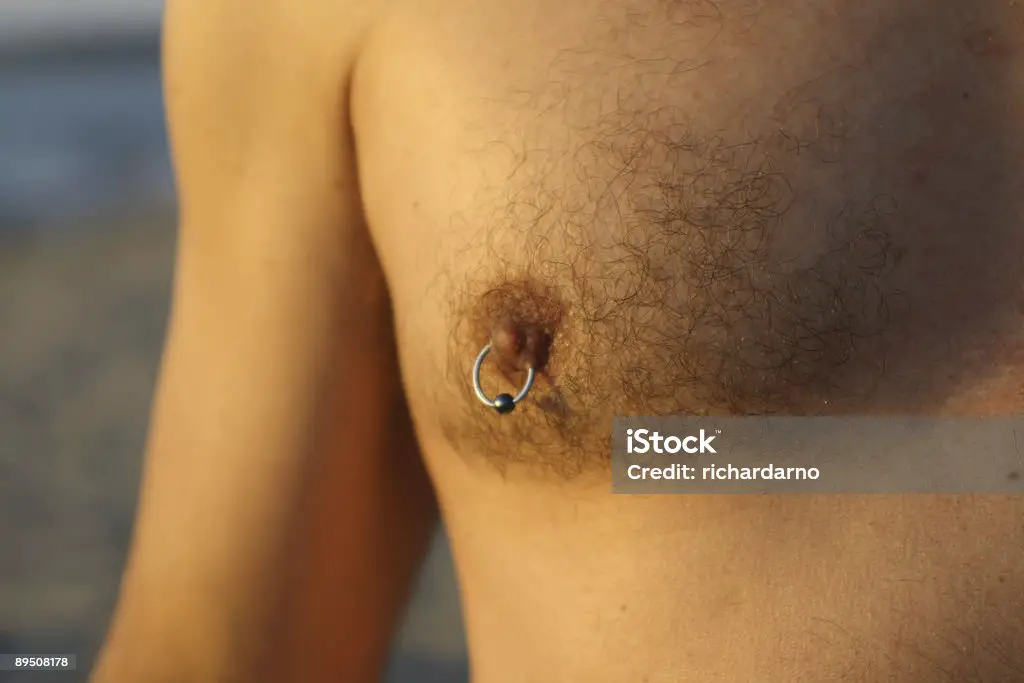
In the intricate journey of nipple piercings, crust formation around a healed piercing serves as a fascinating chapter—a chapter that often raises questions, but ultimately, one that underscores the body’s remarkable ability to heal and protect. As we wrap up our exploration of “Healed Nipple Piercing Crust,” let’s revisit the key takeaways from our journey:
We began by unraveling the enigma of crust formation, discovering that factors like lymph fluid, dead skin cells, and cleaning residue play integral roles in this natural process. Crucially, we learned that crust formation is a testament to the body’s ongoing maintenance and vigilance, a sign that your piercing remains under the watchful care of your immune system.
With a gentle approach to managing crust using saline solution, warm compresses, and cautious jewelry rotation, we highlighted the importance of striking a balance between cleanliness and avoiding overcleaning. By adhering to these practices, you can effectively manage crust while minimizing the risk of irritation.
However, the significance of ongoing care extends beyond managing crust. It’s a commitment to preserving and protecting your healed nipple piercing, celebrating the unique expression it represents. Monitoring for signs of issues and embracing individual differences are fundamental aspects of this ongoing care.
In conclusion, crust formation around a healed nipple piercing is a common and entirely natural occurrence. It is a testament to your body’s resilience and its commitment to the continued well-being of your piercing. By practicing proper care, maintaining a balance between cleanliness avoiding overcleaning, and understanding that every journey is unique, your healed nipple piercing can remain a symbol of pride and self-expression.
Your healed nipple piercing is more than just jewelry; it is a canvas upon which you have painted your identity. It stands as a reflection of your unique journey, your authenticity, and your individuality. Cherish it, care for it, and take pride in the ongoing tale of self-expression it tells. In this journey of self-discovery and self-identity, your healed nipple piercing shines as a beacon of empowerment and a symbol of who you are, deserving of your continued care and celebration.

